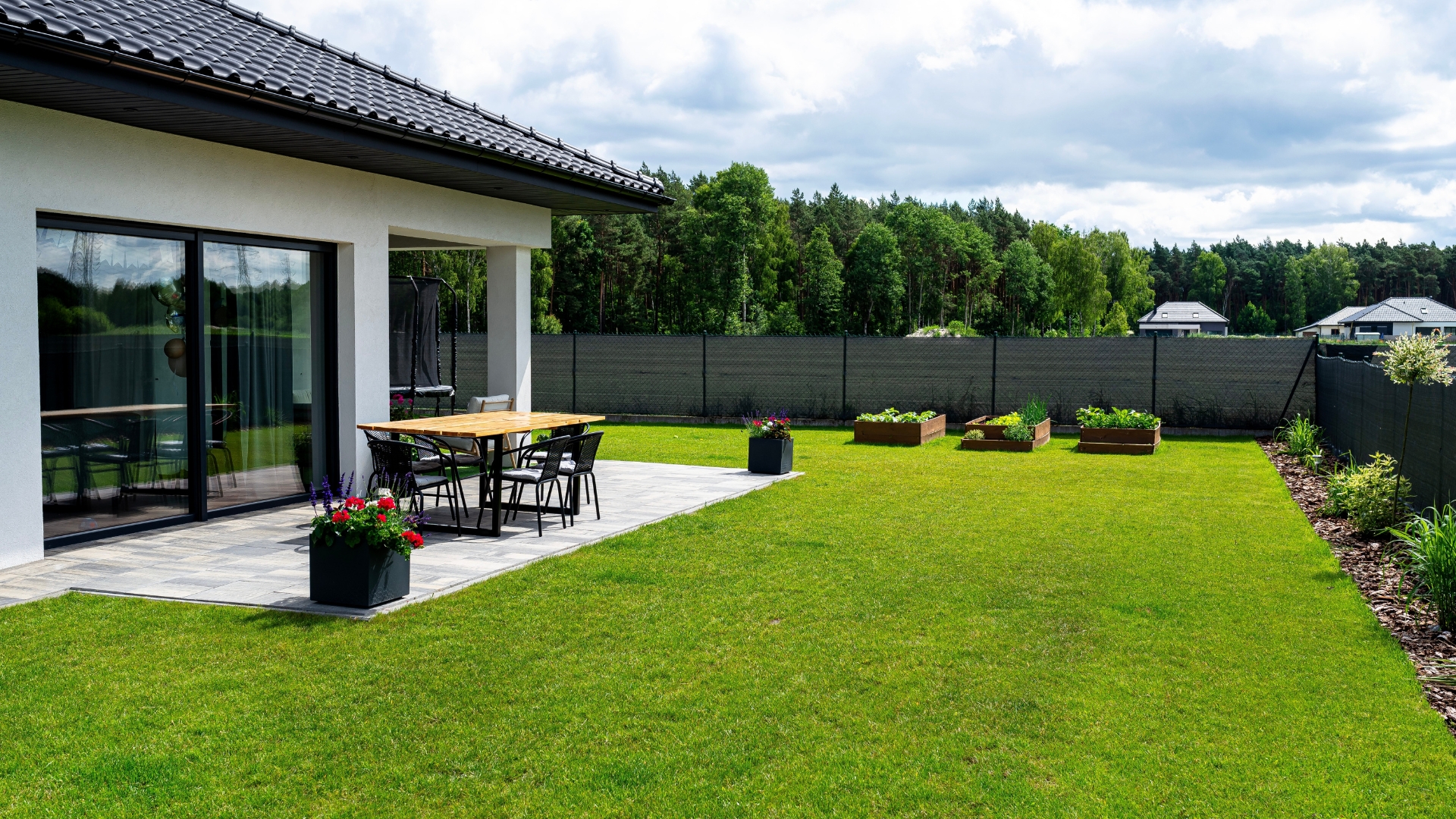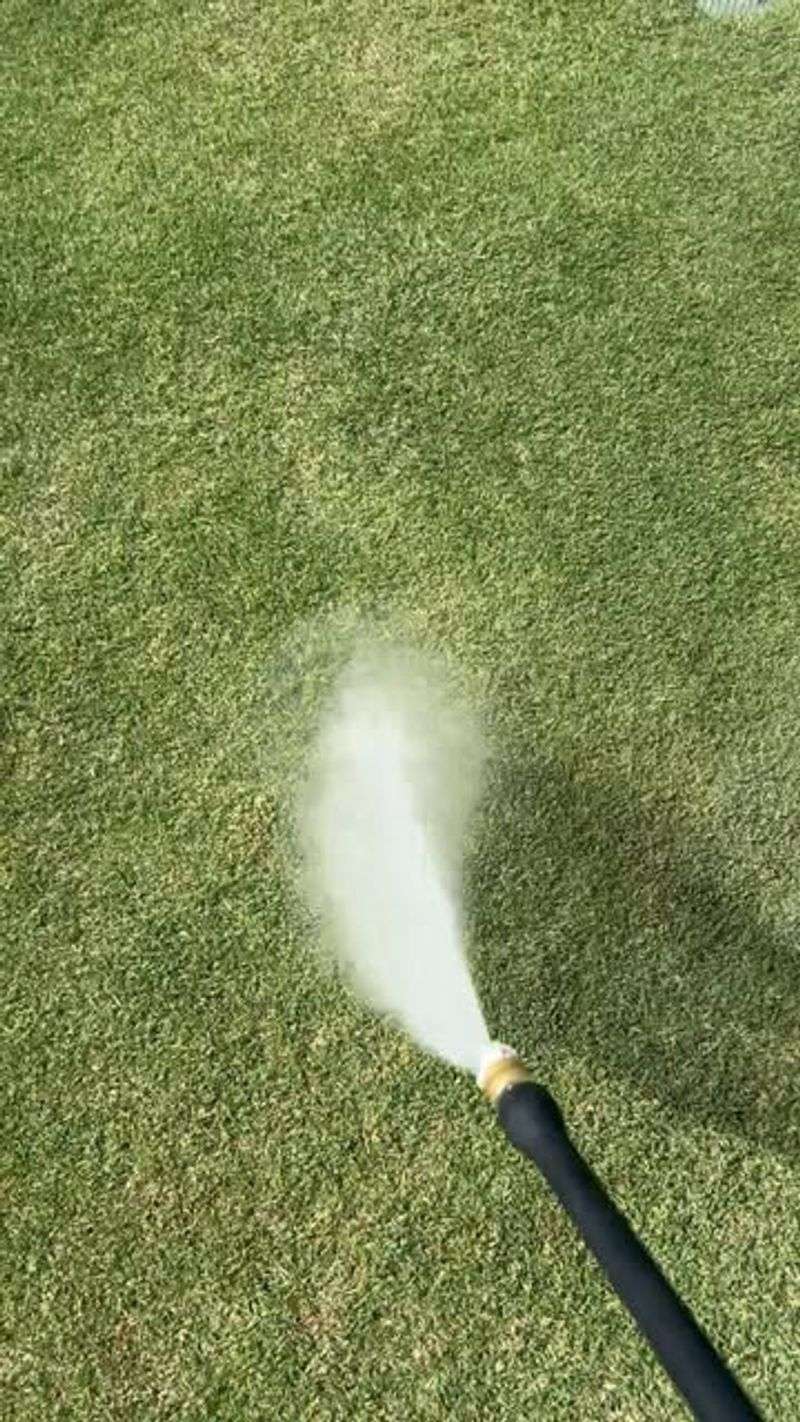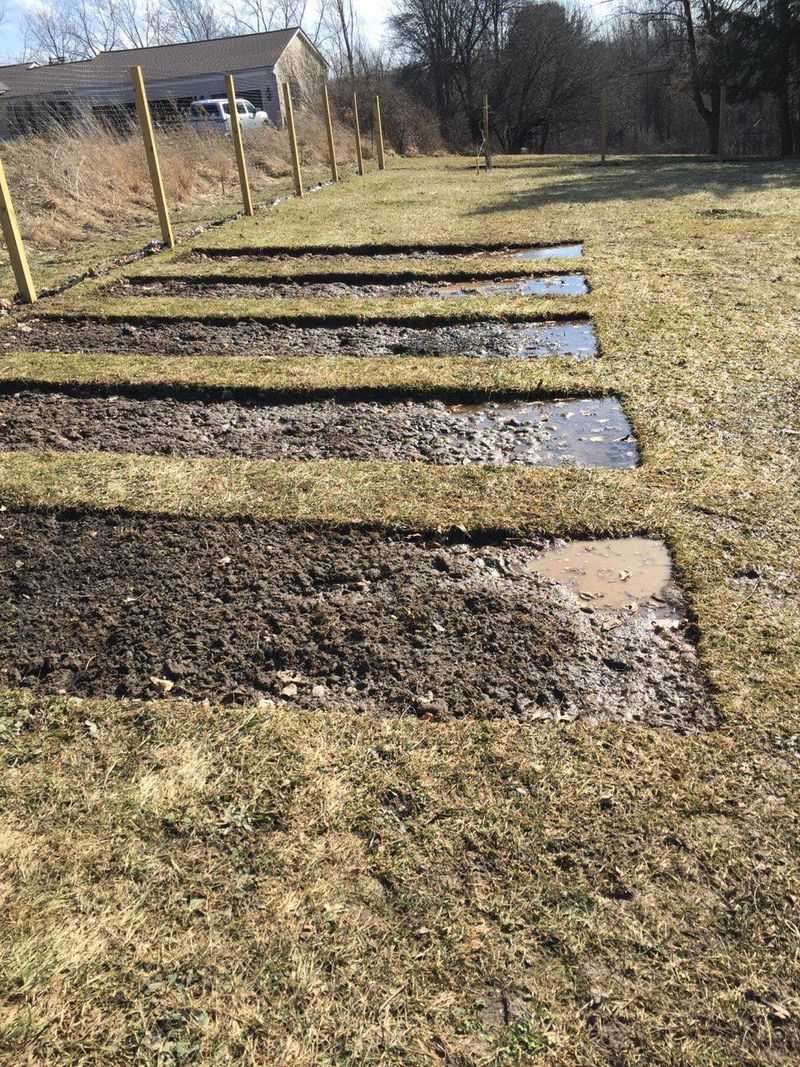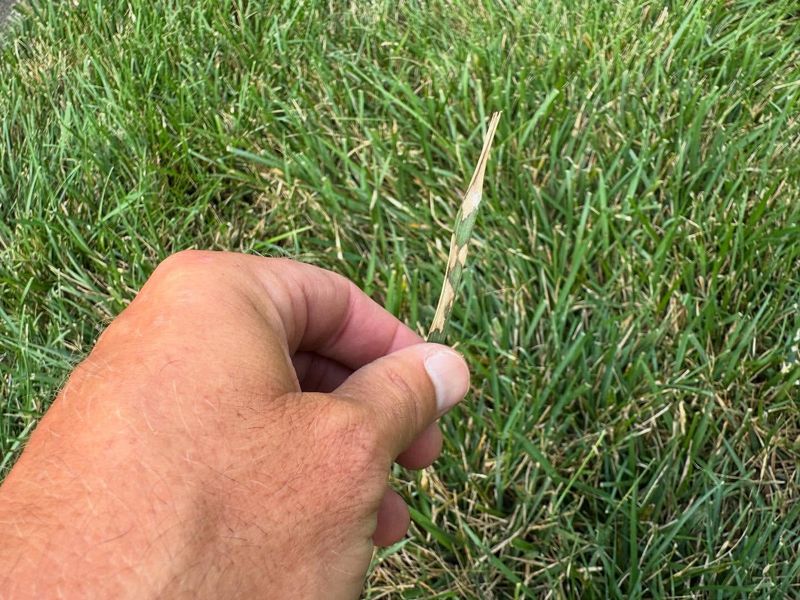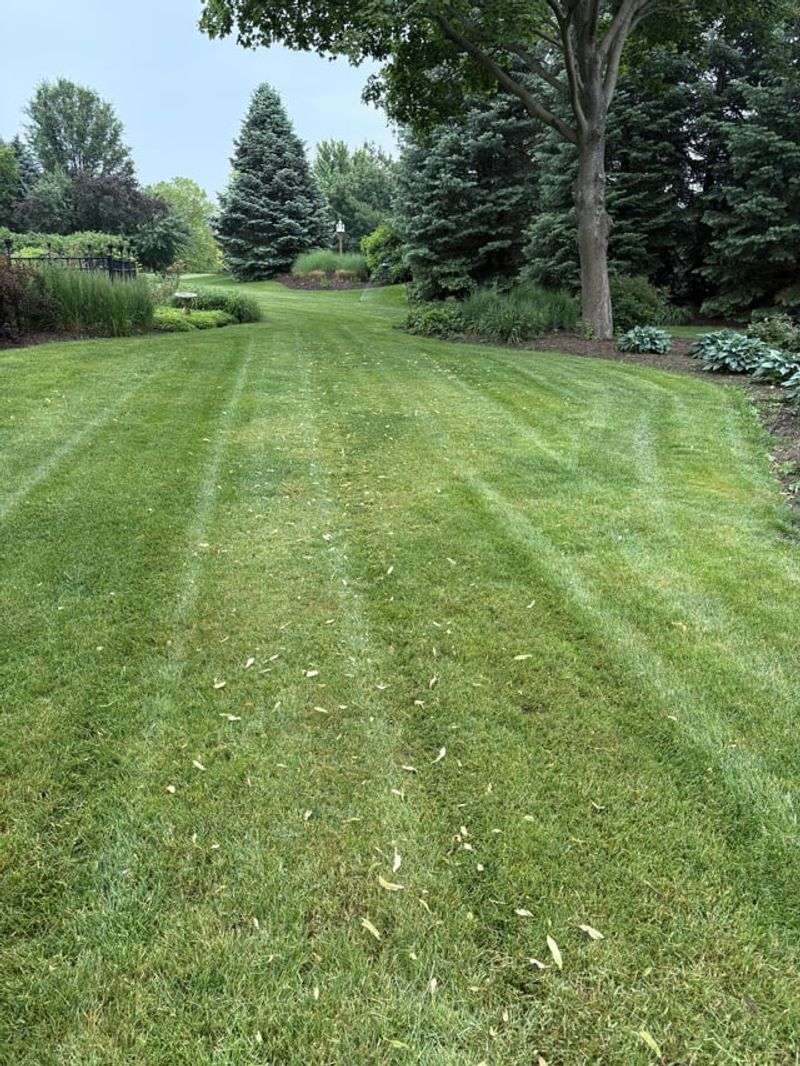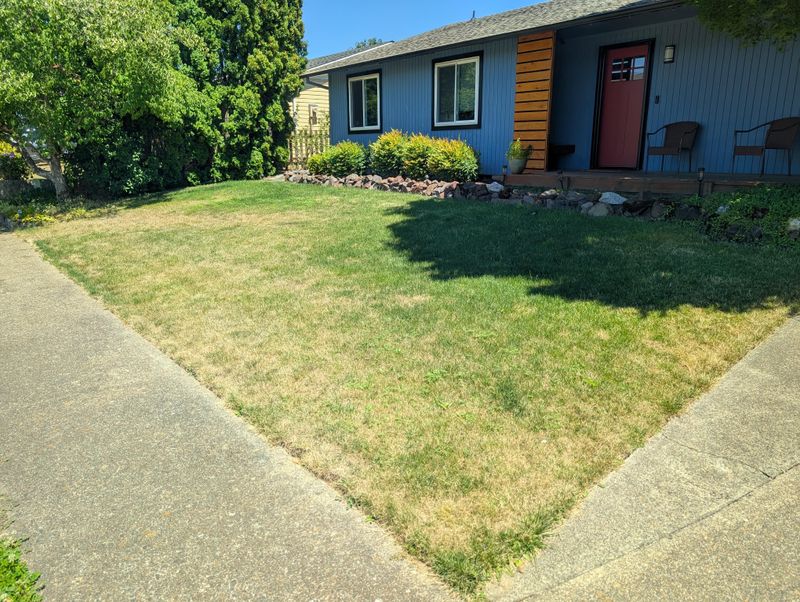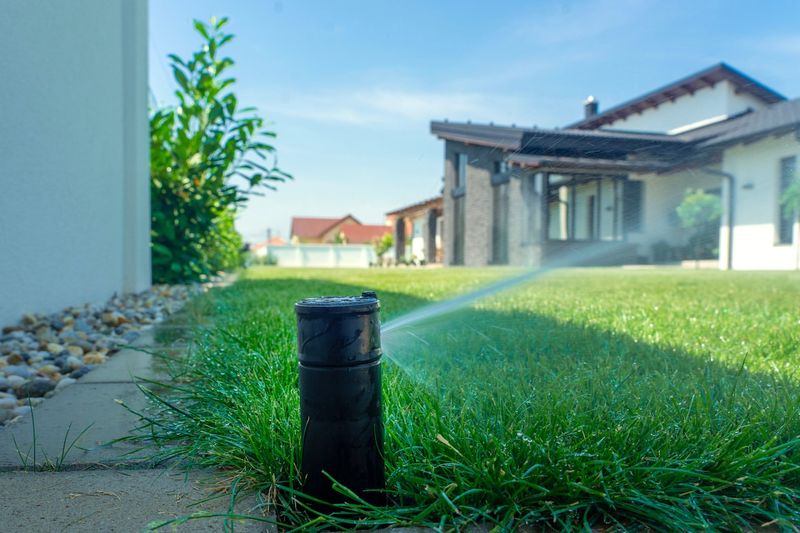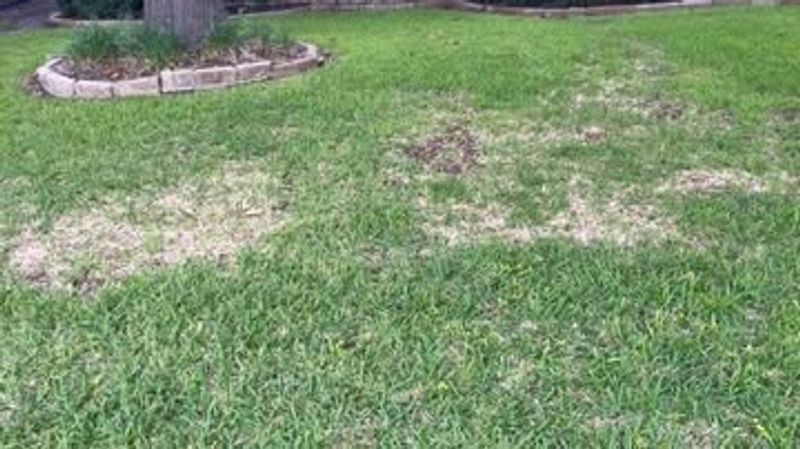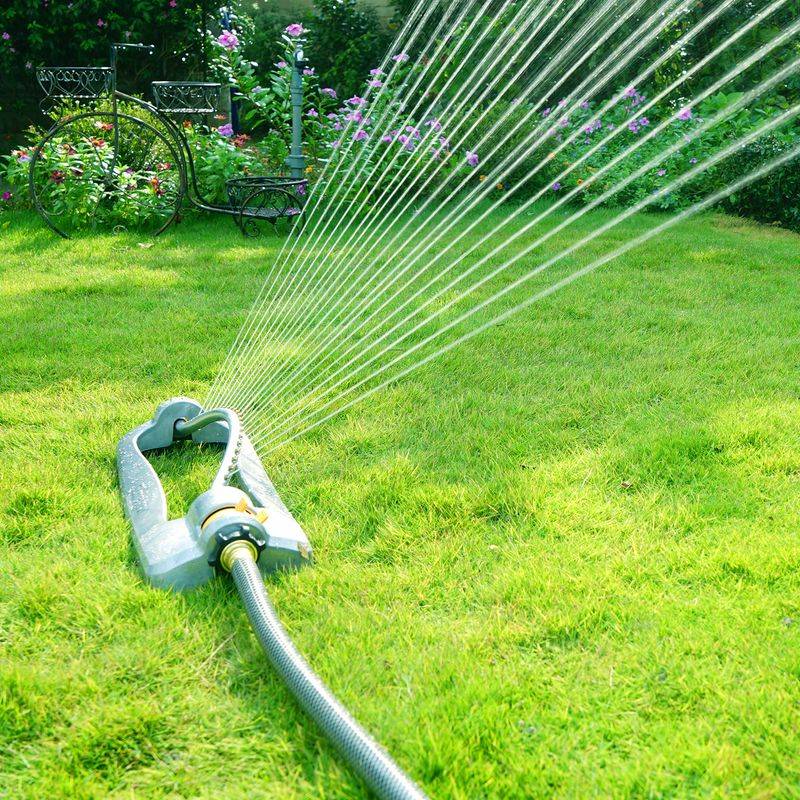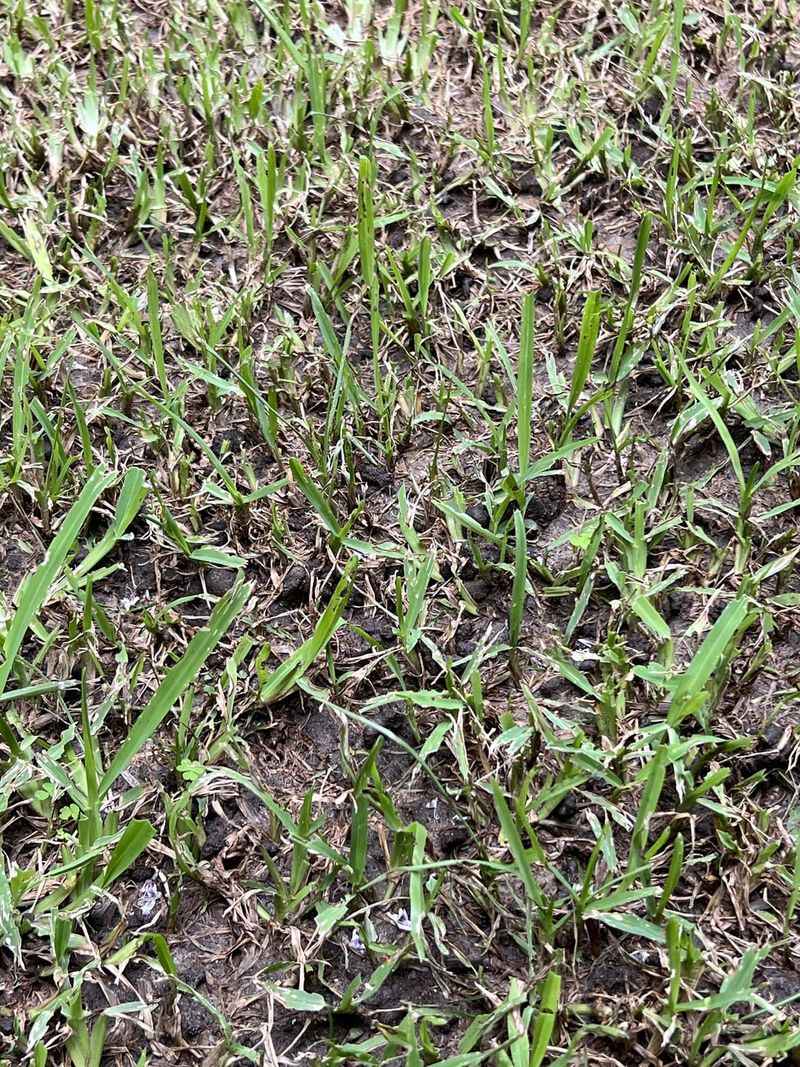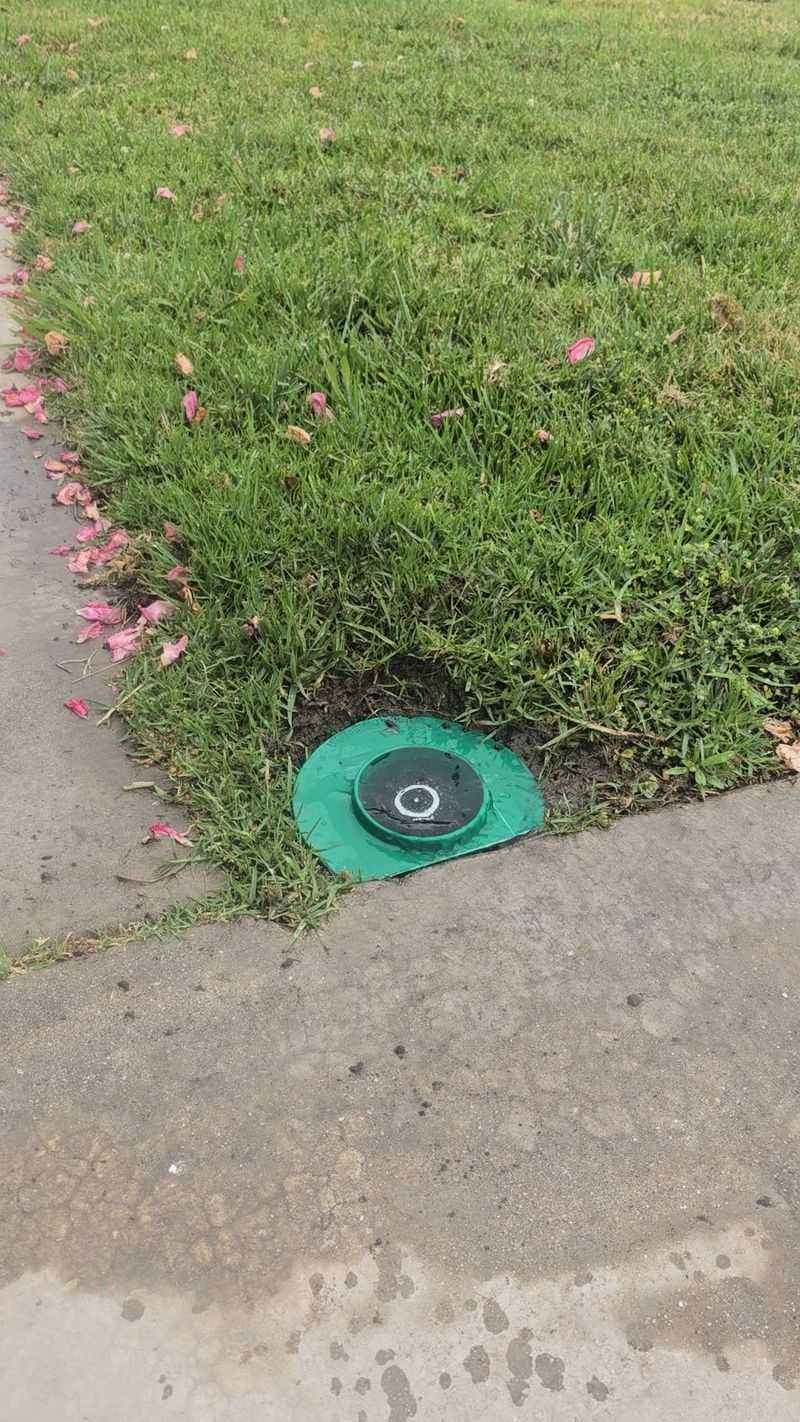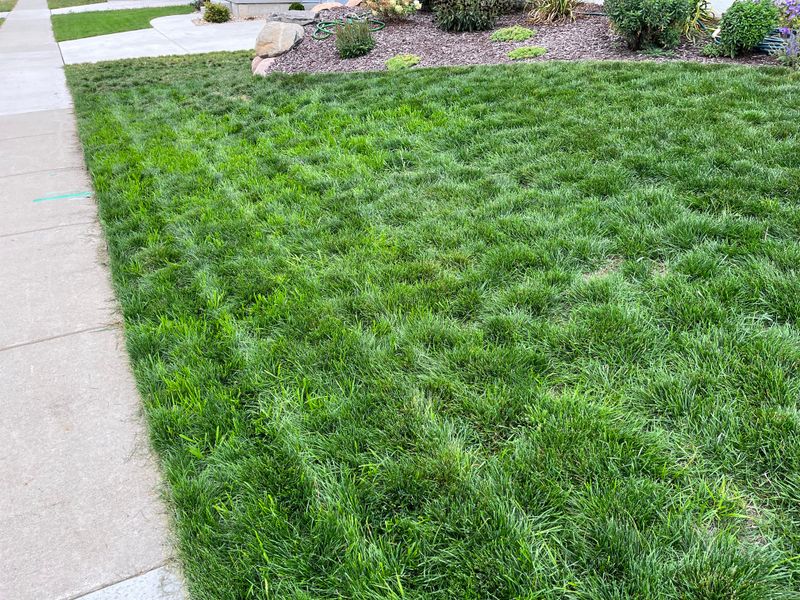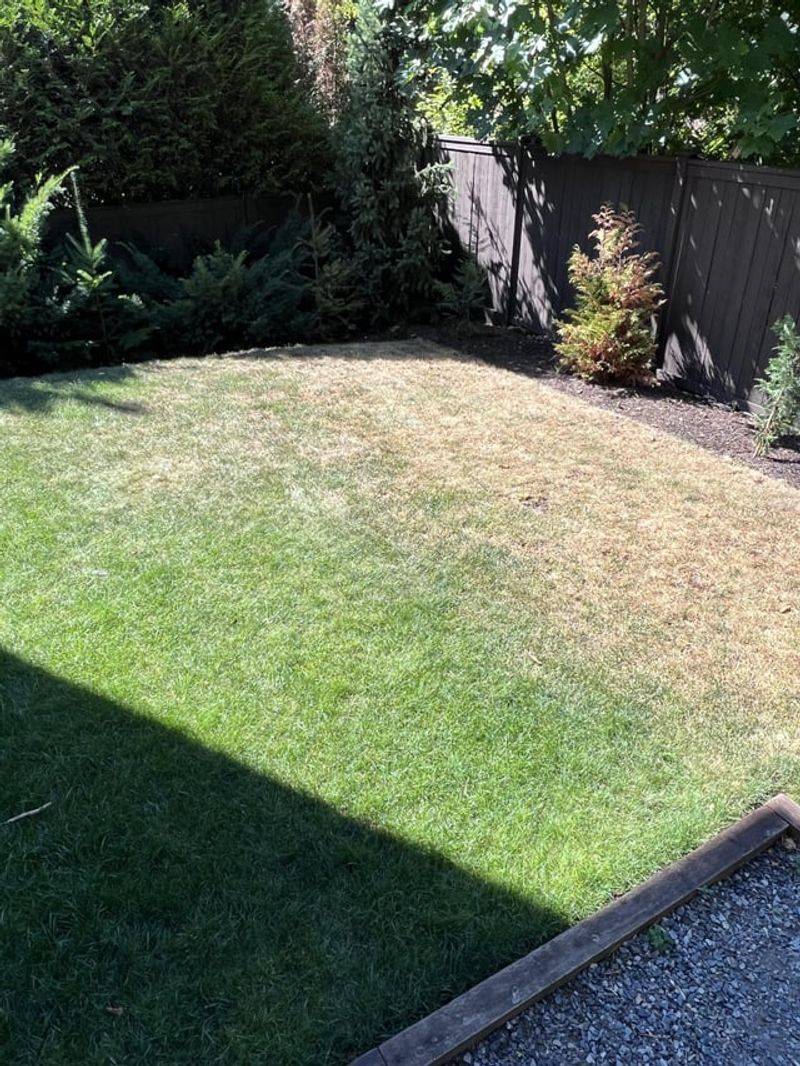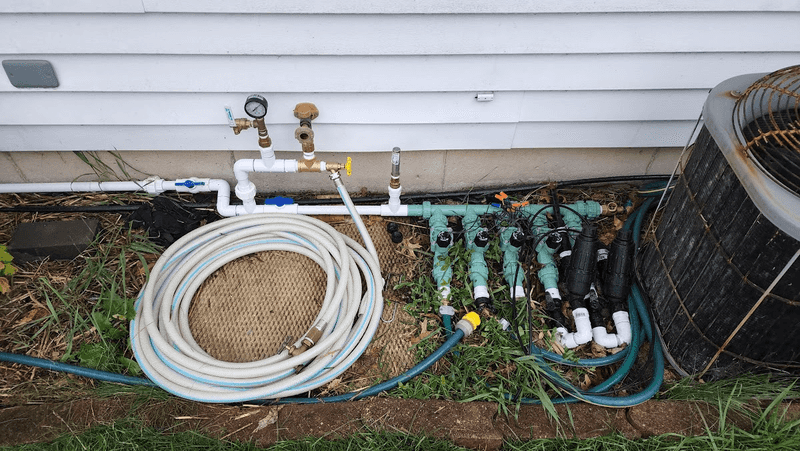Oregon lawns are having a tough time, and it’s not just the heat—it’s us! Yep, those everyday watering habits we think are helping might actually be doing more harm than good.
I learned the hard way after spotting brown patches and mushy grass under my feet. Turns out, timing and technique really do matter (ugh).
Let’s fix the mess together and bring that lawn back to life before it turns into a soggy jungle or crispy wasteland!
1. Watering During Peak Heat
Drenching your grass under the midday sun is a recipe for disaster. The water evaporates before roots can absorb it, leaving your lawn thirsty despite your efforts.
Many Oregon homeowners waste up to 30% of their water this way. Early morning (before 10 AM) is ideal, allowing roots to drink up before the day heats up.
2. Shallow, Frequent Watering
Light daily sprinkles encourage shallow root systems that can’t withstand Oregon’s dry spells. Your grass becomes dependent on constant moisture and panics when it doesn’t get it.
Deep, infrequent watering (1-2 times weekly) trains roots to grow downward seeking moisture. This creates drought-resistant lawns that stay green longer across the state.
3. Ignoring Soil Type
Sandy soils in coastal Oregon drain quickly while clay-heavy Willamette Valley soils retain water longer. Treating all soil the same leads to either drought-stressed or waterlogged lawns.
Knowing your soil type is crucial. Clay soils need less frequent, slower watering while sandy soils require more regular, shorter sessions to maintain proper moisture levels.
4. Sticking to One Schedule Year-Round
Running your sprinklers on autopilot throughout Oregon’s changing seasons wastes water and stresses grass. July demands different care than September, yet many homeowners never adjust their timers.
Rotate your schedule with the seasons. Western Oregon lawns need minimal watering during rainy months but require up to 1.5 inches weekly during summer drought periods.
5. Overwatering Shady Areas
Cool, shaded spots under Oregon’s magnificent Douglas firs need significantly less water than sun-exposed areas. Yet most irrigation systems deliver equal amounts everywhere, causing fungal diseases in these cooler zones.
Zoned watering systems save your lawn and your water bill. Reducing water in shaded areas by 30-50% prevents disease while keeping grass healthy throughout Oregon landscapes.
6. Evening Watering Sessions
Nighttime watering keeps grass blades wet for hours, creating perfect conditions for fungal growth. This practice is especially problematic in Oregon’s humid western regions where moisture already lingers.
Fungal diseases like red thread and rust thrive in these conditions. Morning watering (4-10 AM) gives grass time to dry during the day while still absorbing moisture efficiently.
7. Watering After Rain
Running sprinklers after natural rainfall is surprisingly common across Oregon neighborhoods. Many automated systems lack rain sensors, continuing to water despite saturated soil conditions.
Excess water drowns grass roots by filling soil air pockets with water. Installing an inexpensive rain sensor can reduce water waste by up to 35% while protecting your lawn from waterlogging.
8. Uneven Coverage
Patchy brown spots next to lush green areas signal distribution problems. Many Oregon lawns suffer from sprinkler heads that spray unevenly or miss sections entirely.
Perform a simple catch-cup test using tuna cans spread across your lawn. Run your system for 15 minutes and measure water levels. Areas receiving less than 50% of the average need additional coverage.
9. Ignoring Water Pressure
High water pressure creates mist that blows away before reaching roots, especially in Oregon’s windier coastal and gorge regions. This inefficiency wastes water while leaving grass thirsty.
Pressure-reducing valves can solve this common problem. Ideal sprinkler pressure (30-50 PSI) creates larger droplets that resist wind and properly soak into Oregon’s varied soil types.
10. Watering Compacted Soil
Water runs off dense, compacted soil instead of soaking in. Many Oregon homeowners waste gallons watching water pool or run into streets rather than addressing the underlying compaction issue.
Aeration creates channels for water to penetrate. This simple yearly service allows moisture to reach roots in Oregon’s clay-heavy soils and reduces runoff by up to 80% during watering sessions.
11. Neglecting Sprinkler Maintenance
Broken heads, leaking valves, and clogged nozzles waste water while leaving grass parched. Oregon’s mineral-rich water can gradually clog systems if not regularly checked.
Monthly visual inspections catch problems early. Running your system for 5 minutes while walking your property can save thousands of gallons annually across Oregon’s drought-prone summer months.
12. One-Size-Fits-All Approach
Different grass types have varying water needs. Cool-season grasses common in Oregon require different watering than warm-season varieties sometimes planted in southern parts of the state.
Knowing your grass type is essential. Fescue and ryegrass (popular in Oregon) typically need 1-1.5 inches weekly during summer, while some newer drought-resistant varieties can thrive with 30% less.
13. Watering Without Measuring
Guessing at watering amounts leads to chronically under or overwatered lawns. Most Oregon homeowners have no idea how much water their system actually delivers to their grass.
Place empty tuna cans around your lawn during watering. Most Oregon lawns need 1-1.5 inches weekly during summer, which translates to about 30-40 minutes of sprinkler time in most systems.
14. Skipping Fall Watering
Many Oregonians shut systems down completely after summer, missing a crucial recovery period. Fall watering helps grass rebuild root systems damaged during hot months.
Continue watering until consistent rainfall returns to western Oregon or ground freezes in eastern regions. Reducing frequency but maintaining some irrigation through October helps lawns recover and prepare for winter.
15. Watering Regardless of Weather
Ignoring forecasts wastes water and creates perfect conditions for lawn disease. Many Oregon homeowners run systems despite upcoming rain or during unusually cool periods when evaporation is minimal.
Smart controllers that adjust to weather conditions can reduce water usage by 15-30%. These systems are particularly valuable in Oregon’s variable climate where conditions change rapidly throughout the year.

